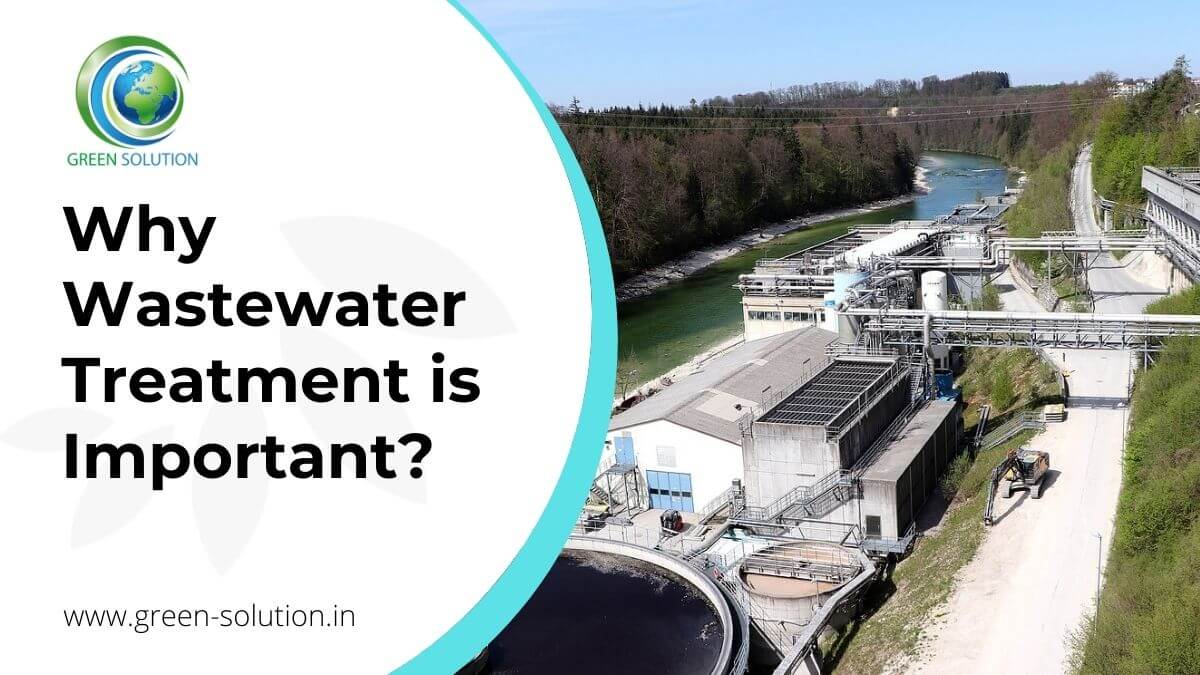Getting My Reclaim Waste To Work
Getting My Reclaim Waste To Work
Blog Article
Reclaim Waste for Dummies
Table of ContentsAbout Reclaim WasteThe Definitive Guide for Reclaim WasteNot known Incorrect Statements About Reclaim Waste The 6-Second Trick For Reclaim WasteThings about Reclaim Waste
Check out the types, events, and kinds of fluid waste. Domestic sewage waste refers to the waste and products from a household septic system. This type of waste is created by people in houses, colleges, and other structures. This only consists of septic systems that have a drain area. The appropriate management and disposal of residential sewer waste require liquid waste to be transferred to a sewage therapy plant where the proper techniques and equipment are used to purify and throw away waste.
Business waste often consists of possible hazards, such as flammable materials or a combination of liquid and solid waste products, and requires an advanced and comprehensive disposal procedure. The disposal of business waste generally includes the purification of waste before transportation to make sure secure and proper disposal. Industrial waste is produced from by-products and drainage of industrial processes and production.
This type of waste can not use the very same sewage administration transportation or procedures as septic or industrial liquids. The commercial waste administration process needs the assessment and testing of fluid waste prior to it undergoes the disposal process (liquid waste removal). Runoff waste is the liquid waste that originates from runoff and excess stormwater in extremely inhabited locations or cities
Runoff waste can create contamination and flooding if not managed appropriately. Guaranteeing proper waste monitoring can stop catastrophes and reduce ecological harm.
Indicators on Reclaim Waste You Need To Know
Contact PROS Providers today to find out about our waste monitoring and disposal services and the correct ways to look after the liquid waste you produce.
(https://profile.hatena.ne.jp/reclaimwaste1/)Do you understand what happens to your water when you end, purge the bathroom or drain the washing machine? No? Well, it's worth knowing. This supposed 'wastewater' is not only a crucial resource yet, after treatment, will certainly be released to our land, rivers or the sea. Utilized water from toilets, showers, bathrooms, kitchen sinks, laundries and commercial processes is referred to as wastewater.

water used to cool down machinery or clean plant and tools). Stormwater, a type of wastewater, is drainage that flows from farming and city areas such as roofings, parks, gardens, roadways, paths and rain gutters into stormwater drains pipes, after rain. Stormwater streams untreated directly to regional creeks or rivers, top article at some point reaching the ocean.
Reclaim Waste - Questions
In Queensland, the majority of wastewater is dealt with at sewer therapy plants. Wastewater is transferred from domestic or industrial sites through a system of sewers and pump terminals, referred to as sewage reticulation, to a sewer therapy plant. City governments build, preserve and operate most sewer treatment plants. Operators are licensed under the Environmental Protection Act 1994 to discharge cured wastewater at an appropriate ecological criterion right into waterways.
The Department of Natural Resources advises city governments regarding handling, operating and preserving sewerage systems and therapy plants. In unsewered areas, local governments might need householders to install specific or family sewage treatment systems to deal with domestic wastewater from toilets, cooking areas, bathrooms and washings. The Department of Natural Resources authorizes making use of home systems when they are proven to be reliable.
In some brand-new neighborhoods, therapy of some stormwater to get rid of trash, sand and gravel has started using gross toxin traps. Wastewater treatment takes place in four phases: Removes solid issue.
Wastewater then streams right into big containers where solids settle and are eliminated as sludge. Oil and scum are skimmed from the surface. Makes use of tiny living organisms recognizes as micro-organisms to break down and remove continuing to be dissolved wastes and fine fragments. Micro-organisms and wastes are included in the sludge. Eliminates nitrogen and phosphorus nutrients that can cause algal blooms in our waterways and intimidate aquatic life.
A Biased View of Reclaim Waste
Nutrient removal is not offered at all sewage therapy plants due to the fact that it needs costly specialist equipment. Clear liquid effluent generated after therapy may still include disease-causing micro-organisms - liquid waste removal.

Many wastewater flows right into the sewage system. Under the Act, regional federal governments provide approvals and permits for ecologically relevant tasks (Ages) involving wastewater launches that could have a regional impact.
Little Known Facts About Reclaim Waste.
Otherwise, samples are taken for research laboratory evaluation. Typically several tests are needed to establish the levels of each of the different pollutants such as oils, heavy metals and chemicals in water. Surveillance provides factual information regarding water high quality and can validate that permit problems are being fulfilled. The details obtained through monitoring offers the basis for making water high quality decisions.
Report this page